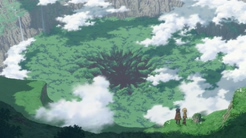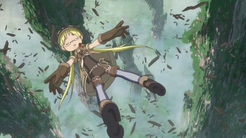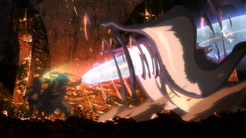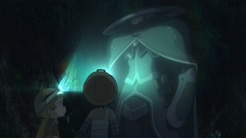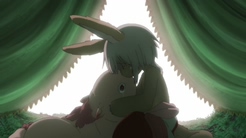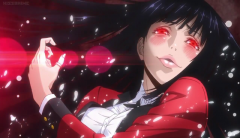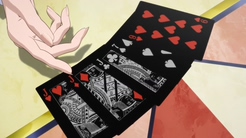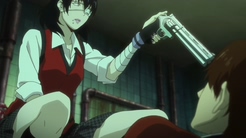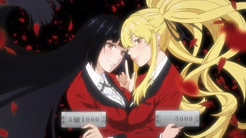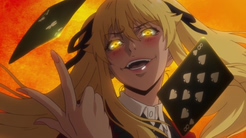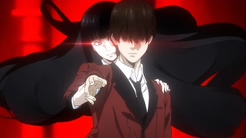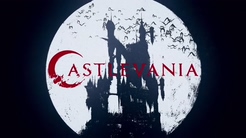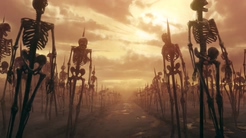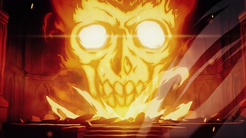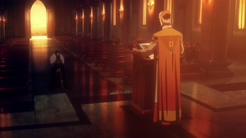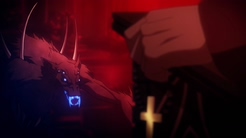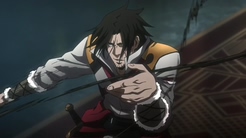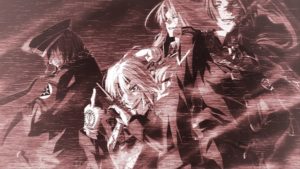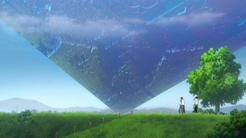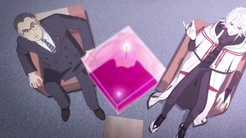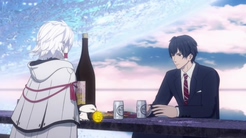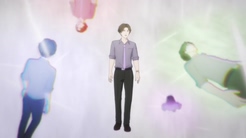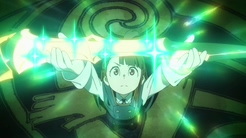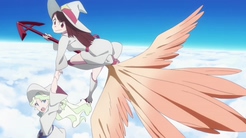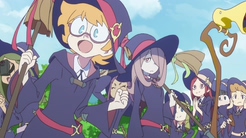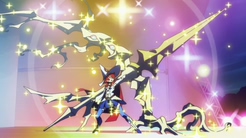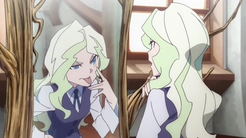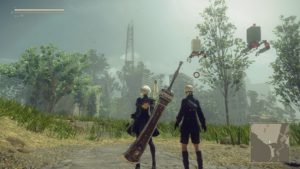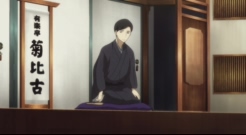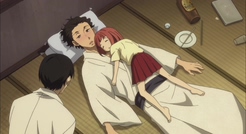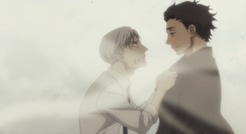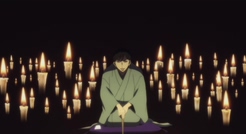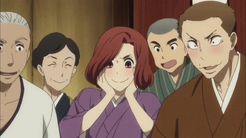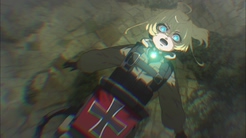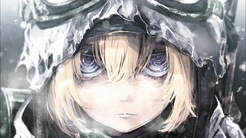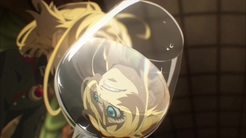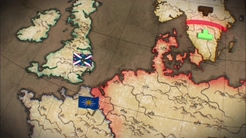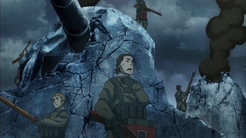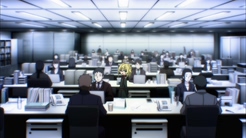There are few series which can capture the mystery and wonder of a fantasy world as well as Made in Abyss. Their world is dangerous, brutal and unforgiving but beautiful, wondrous and exciting in it’s presentation. The story is of a ordinary girl called Riko and a mysterious cyborg boy called Regu traveling down the levels of a massive chasm called the abyss. With each level they encounter new people and monsters alike as they work together to survive the darwinian nature of the chasms ecosystem. The story boosts some of the finest presentation of the anime of the year alongside a gripping tale that never lets go till its conclusion. The characters are memorable though which each level brings a new cast to the forefront. Ozen and Nanochi are the strongest out the cast. But the dynamic between Riko’s optimistic easygoing attitude and Regu’s more negative questioning nature works well in exploring the morality and dangers of this world. The shows strongest aspect is the world building and atmosphere of the setting. Accentuated by the visuals the Abyss is truly a marvel of nature that makes for a fantastic backdrop.
The pacing may be a bit slow for some but I see no way to make it faster and the character designs may look kiddy and lighthearted but Made in Abyss holds darker themes. When it goes for the emotional gut punch it is often heavy and effective. It doesn’t shy away from the uglier side of nature and exploring as well as the dark parts of it’s history. Aside from one or two rare moments the animation in this show is excellent and the backgrounds are beautiful landscapes giving even the best artists in the industry a run for their money. Which isn’t all that surprising when you consider that a former Ghibli background artist worked on the series. The music is equally excellent with standouts like the series ending theme Tomorrow and Hanezeve Caradhina. Tomorrow being a personal favorite for how it closes out the series with melancholy nostalgia and wonder.
Sadly at the point of writing this review this is the only season of the series and the final episode does leave many loose ends behind. This season can be seen as a prologue of things to come and it’s lack of conclusion hurts the series as a whole. The pacing takes it’s time and because of it’s single cour length people could feel that the story didn’t truly get started. At the moment chances of a second season look promising but in the anime industry there are no guarantees. As such people could be left wanting more by the time the final credits roll which is something that could be considering a positive as this is basically an advertisement for the manga but I need to knock off points as this story works some much better as an animated product that I doubt the manga could match it’s level of presentation. Nonetheless what is present here is more than worth checking it out as it still has powerful moments, atmosphere and world building second to none. I have no doubt that this series will be seen as one of the best anime of 2017 in future years to come.

